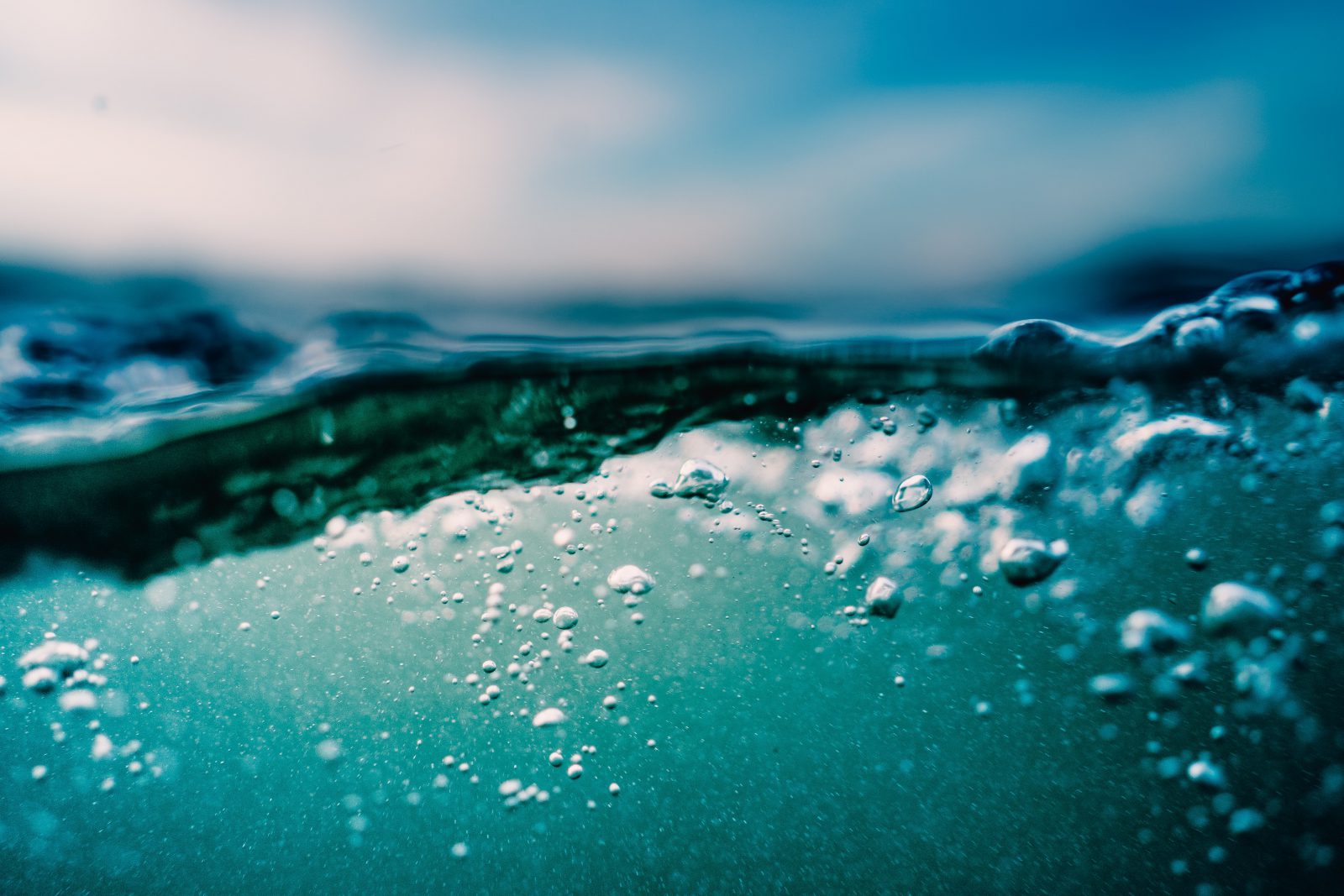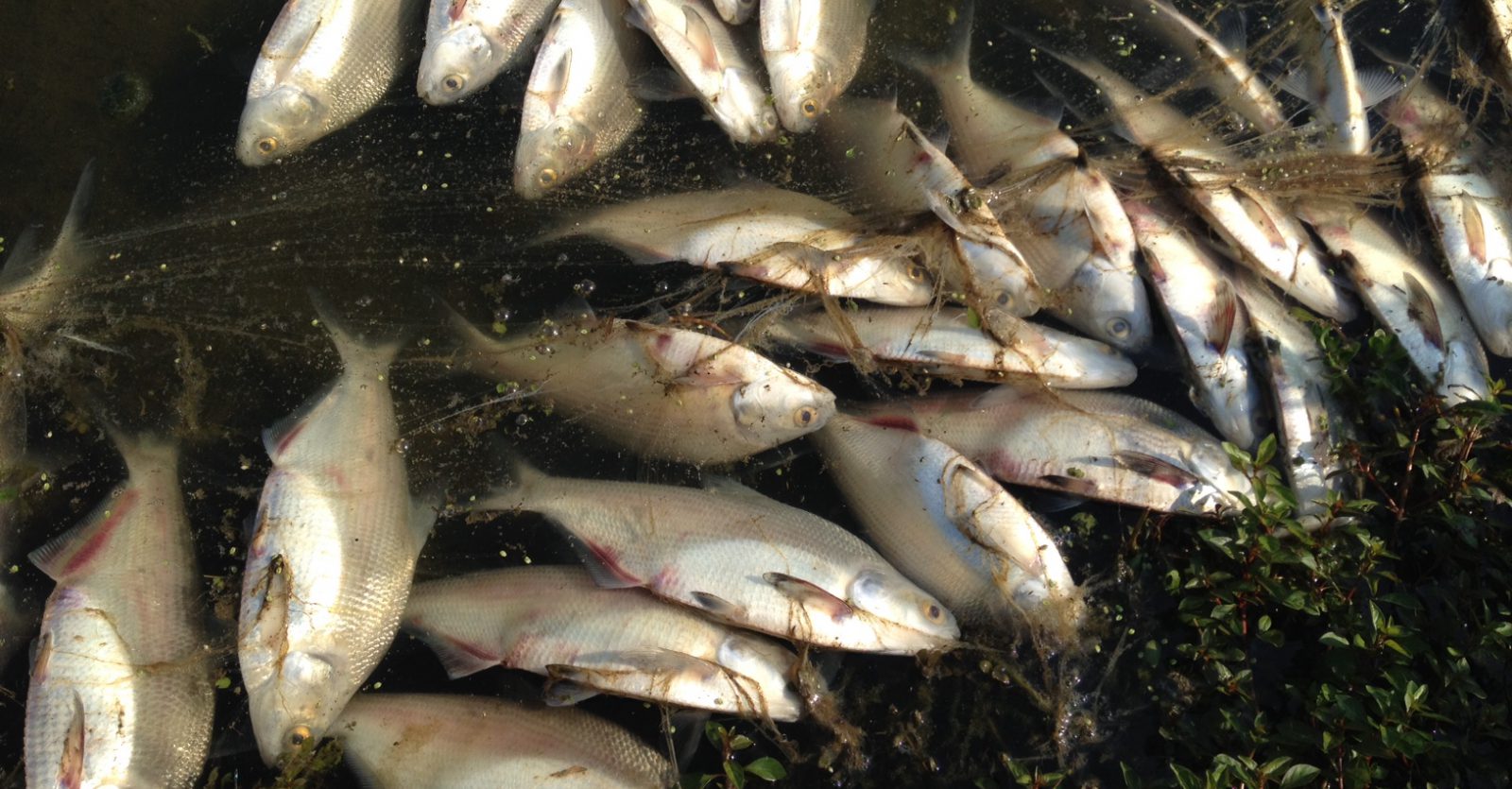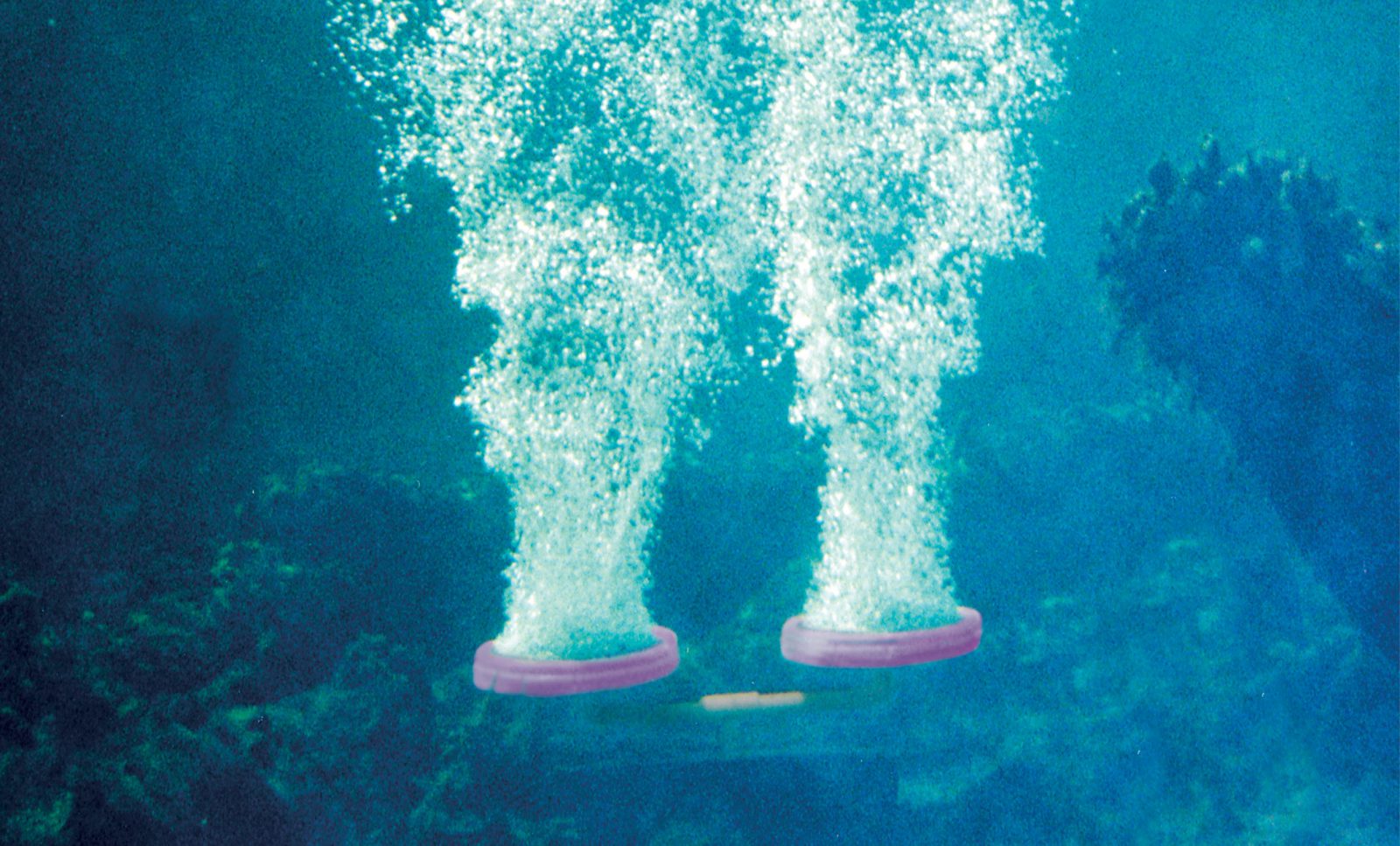
Breaking Through the Thermocline to Prevent Fish Kills
Updated: September 7th, 2023
Written by Industry Expert Cory Smith, Aquatic Specialist & Regional Leader
The long, warm days of summer provide the perfect backdrop for swimming, boating and fishing, but the last thing you want to encounter at your lake or pond is a summer fish kill. Fish kills are often a natural occurrence that can happen any time of year. However, they are especially common in the summer. As the weather changes, the surface and bottom of the waterbody form distinct layers containing different dissolved oxygen levels and temperatures.

This natural transitional area is known as the thermocline. What’s so interesting about this liminal layer? The depth at which the thermocline occurs oftentimes helps determine what percentage of the aquatic resource serves as a healthy and ideal environment for fish. While the warmer water at the top of the waterbody remains oxygenated, the deeper, denser water does not interact with the atmosphere and can become devoid of oxygen.
Though a thermocline, in certain instances, can limit the productivity and overall health of a fishery, it does not directly cause fish kills. Fish kills often occur when the layers at the surface and bottom of the waterbody mix suddenly, eliminating this transitional layer. Normally triggered by a significant change in the weather, or after a heavy rainstorm, this mixing can create insufficient concentrations of dissolved oxygen, killing fish in the process.

To help prevent a thermocline, and the possibility of a fish kill, the best strategy is always proactive lake and pond management. Gaining an in-depth look at dissolved oxygen levels in your lake or pond’s water column through consistent monitoring is the first step. Your lake management professional can routinely monitor your thermocline through water quality testing. It’s also important to be observant. In low-oxygen environments, fish will often gather at inflow areas as well as near the surface of the water where oxygen is most saturated. If these signs are recognized early on, it is possible to take steps that may prevent an imminent fish kill.
The next step involves the installation of a bottom diffused aeration system. Properly sized and placed diffused aeration systems can help prevent thermoclines by encouraging water circulation. These systems release air bubbles that rise and oxygenate the existing thermocline. It’s not the actual bubbles, but their movement through the water column and to the surface, that circulates oxygen and helps improve the productivity of the entire waterbody. And while the introduction of a lake or pond aeration system doesn’t completely eliminate the possibility of a fish kill, it certainly increases your chances of avoiding one.
Aeration systems provide other benefits as well. They can help impede the growth of algae by moving water and creating a non-stagnant environment. Increased oxygen levels at the bottom of a waterbody also help improve decomposition of organic material. The positive effects of aeration can be reinforced when paired with other proactive strategies, including the cultivation of a beneficial vegetative buffer, the application of nutrient-binding products or beneficial bacteria to limit the impact of excess nutrients, and the initiation of a water quality testing program to analyze trends and changes in the chemical makeup of the aquatic ecosystem. By taking steps to monitor water quality, dissolved oxygen levels and the thermocline, you can help support the health of your waterbody, and the species that call it home, all year round.
Find Your Pond Aeration Solution
Call 888-480-5253 or complete the form below to discuss a custom lake and pond aeration solution for your waterbody.
Top 3 Benefits of Lake and Pond Aeration
Introducing a pond aerator to help avoid fish kills in lakes and ponds
Cory Smith is an aquatic specialist and regional leader serving clients in SOLitude’s Texas market. Cory is responsible for all daily operations, field supervision and installations performed by the team, and regularly works to help clients exceed their property goals – whether those are enhanced aesthetics or growing the largest bass in Texas. He also works closely with the business development team, helping to create lake, pond and fisheries management plans for clients across the Southwest.
SOLitude Lake Management is an environmental firm committed to providing full-service solutions that improve water quality, preserve natural resources, and reduce our environmental footprint. Our services include lake, pond, wetland and fisheries management programs, algae and aquatic weed control, mechanical harvesting, hydro-raking, installation and maintenance of fountains and aeration systems, water quality testing and restoration, bathymetry, lake vegetation studies, biological assessments, habitat assessments, invasive species management and nuisance wildlife management. Services, consulting and aquatic products are available to clients nationwide, including homeowners associations, multi-family and apartment communities, golf courses, commercial developments, ranches, private landowners, reservoirs, recreational and public lakes, municipalities, parks, and state and federal agencies. Learn more about SOLitude Lake Management and purchase products at www.solitudelakemanagement.com.









